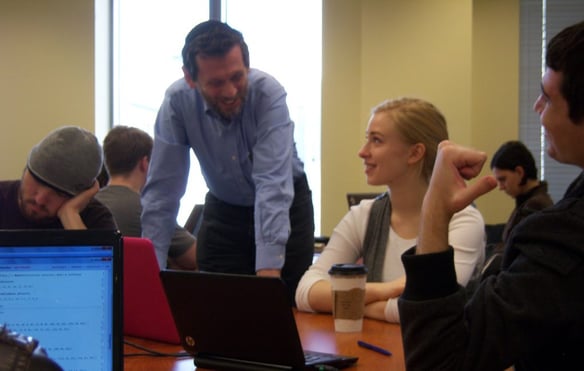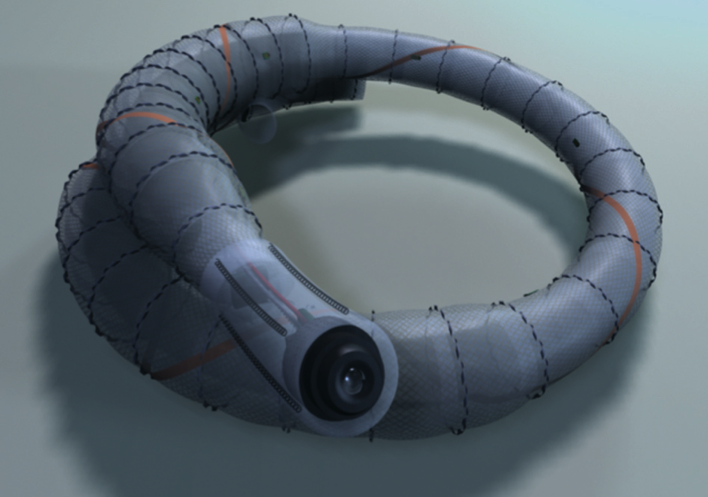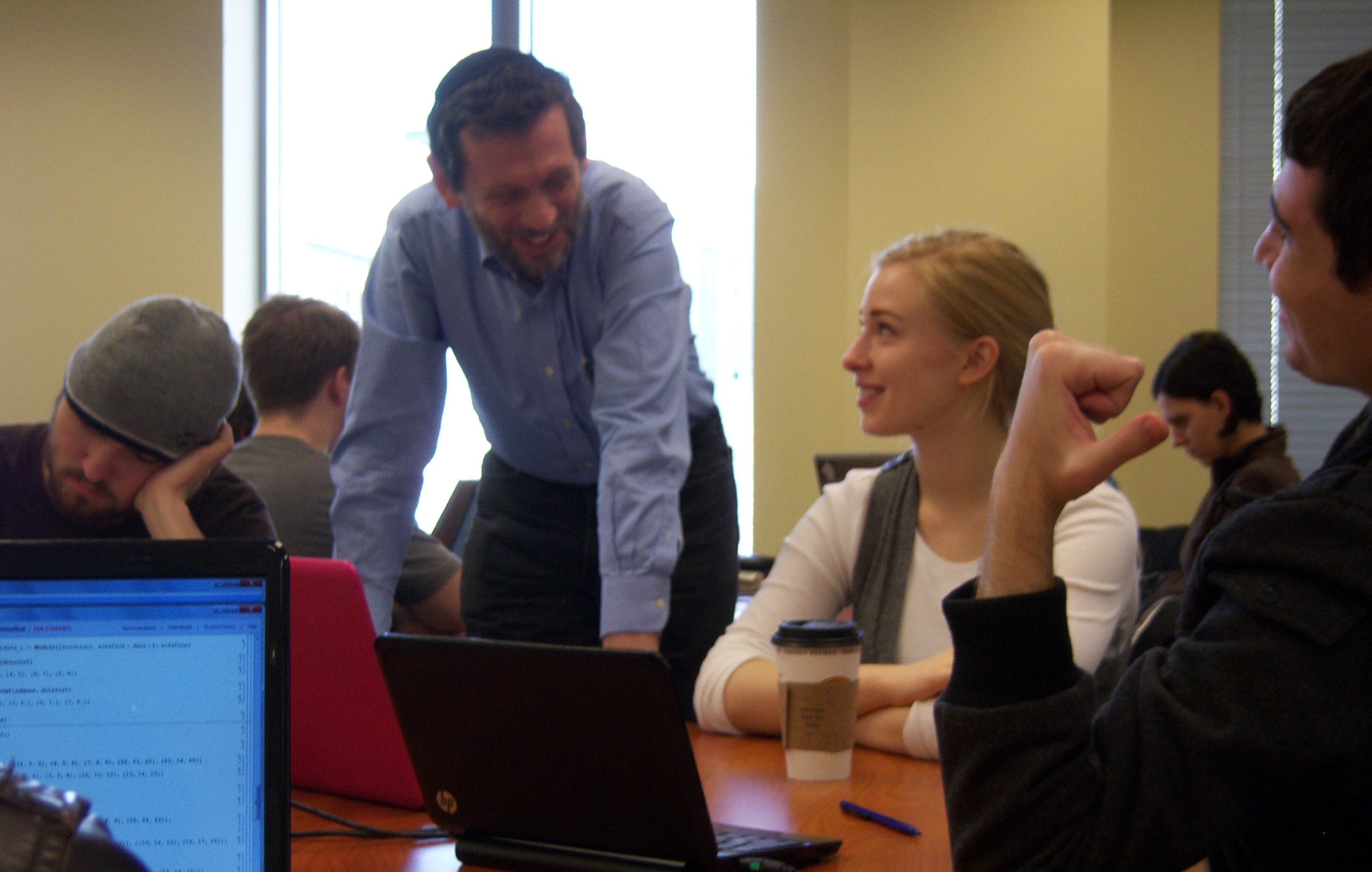 Perhaps what is most challenging about the scientific field is that everything is becoming increasingly complex. To fully understand a particular field — immunology, neuroscience, or cancer research — one needs to be a master of more then just one area of study.
Perhaps what is most challenging about the scientific field is that everything is becoming increasingly complex. To fully understand a particular field — immunology, neuroscience, or cancer research — one needs to be a master of more then just one area of study.
Dr. Hillel Chiel of Case Western Reserve University (CWRU) teaches a course that attempts to do just that. And as scientific fields become more complex, there is a great need for educators to do the same. We must promote interdisciplinary strength in the classroom.
 Chiel has been a professor at CWRU for 26 years. In that time he has discovered biology and engineering students aren’t interested in cross-disciplinary classes despite the applicability. “That combination has been fairly deadly,” Chiel jokes, “But increasingly biologists need to start using mathematics and computer models to understand complicated systems. And engineers are becoming increasingly excited about biologically-inspired devices.”
Chiel has been a professor at CWRU for 26 years. In that time he has discovered biology and engineering students aren’t interested in cross-disciplinary classes despite the applicability. “That combination has been fairly deadly,” Chiel jokes, “But increasingly biologists need to start using mathematics and computer models to understand complicated systems. And engineers are becoming increasingly excited about biologically-inspired devices.”
In Chiel’s class, the Dynamics of Biological Systems, the idea is simple. Chiel teaches his students about nonlinear dynamic systems theory, or, the math that people use to understand biological models such as how cancer or malaria grows. After dividing his class into small teams, he has his students recreate a previously published biological model using the user-friendly computer program Mathematica. And then Chiel has them do some different. He asks them to change it — to manipulate certain features of that model and study what happens.
“Let us say that the model focused on regimens of chemo-therapeutic agents,” he says, giving an example, “A student could explore what happens if drugs are presented in very different patterns than those that were presented in the original paper.” Referring to the quality of work he attains, Chiel says that some of his best students put together a final project that is worthy of being published. “The results may be a new set of ideas for treatment,” he says.
As a neurobiologist, Chiel says that his work continues to be highly interdisciplinary, and frequently requires him to master new subjects. “[For me] the best way to do this is to work with outstanding colleagues who are expert in their own areas, but are willing to think broadly enough to take interest in my questions,” he says.
That mindset has clearly influenced Chiel to push his students into fields outside of their disciplinary comfort zone. “Whether this area is biology or engineering … [I] give them an opportunity to work with students with backgrounds in other disciplines.” By doing this, Chiel has found that he inspires new cross-disciplinary interests and strengths in many of his students — making them better prepared to apply their knowledge outside the classroom.

